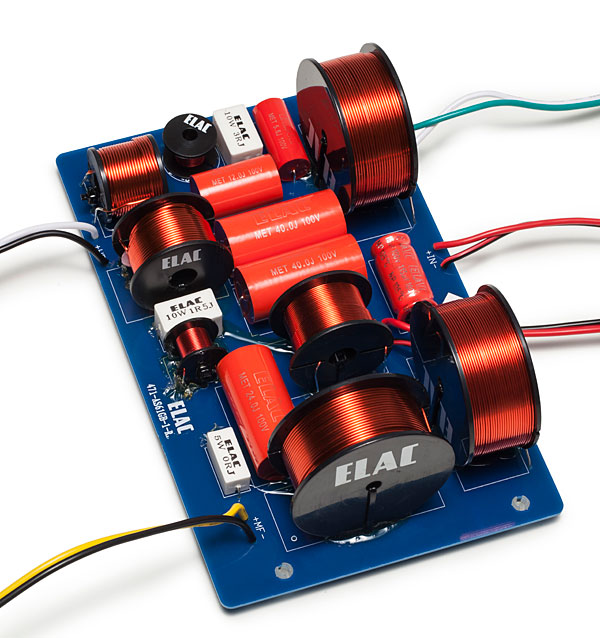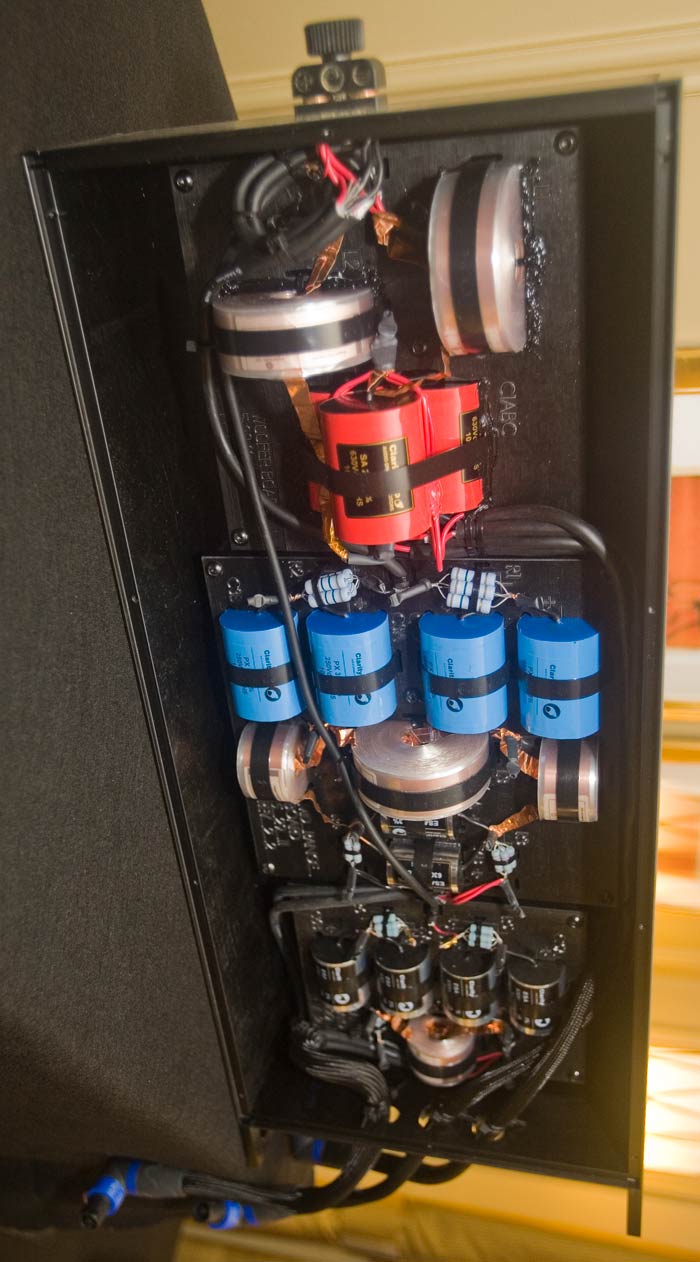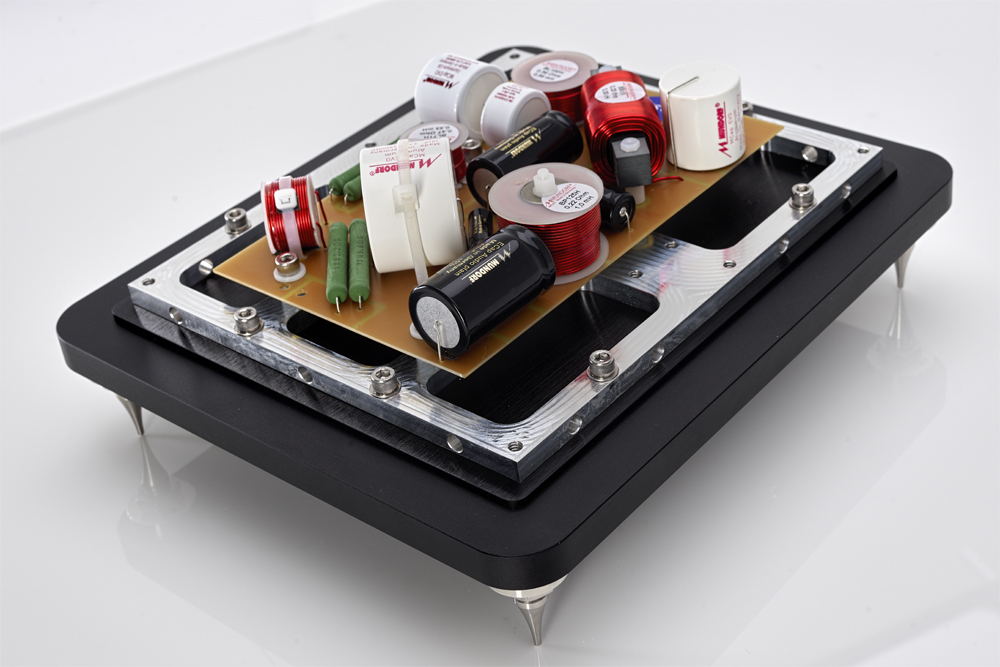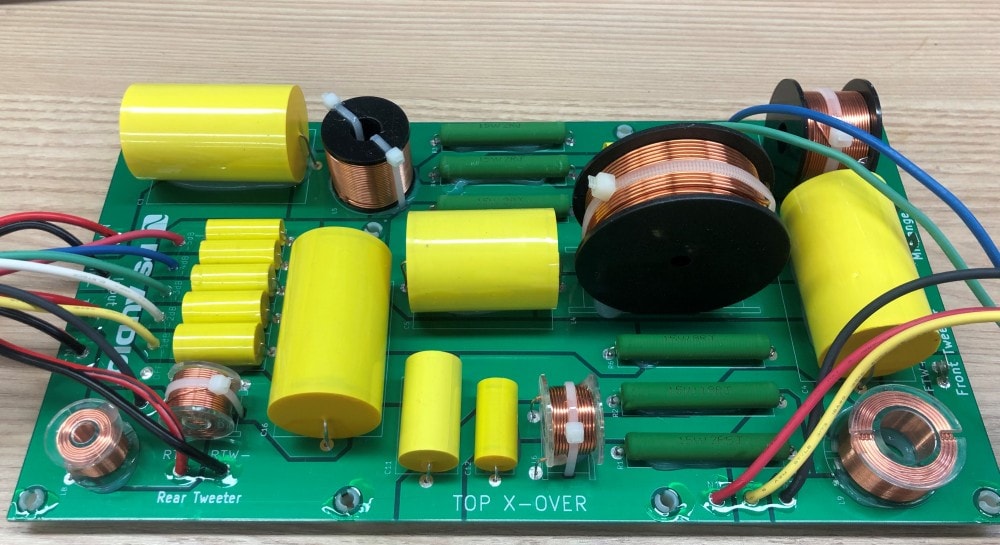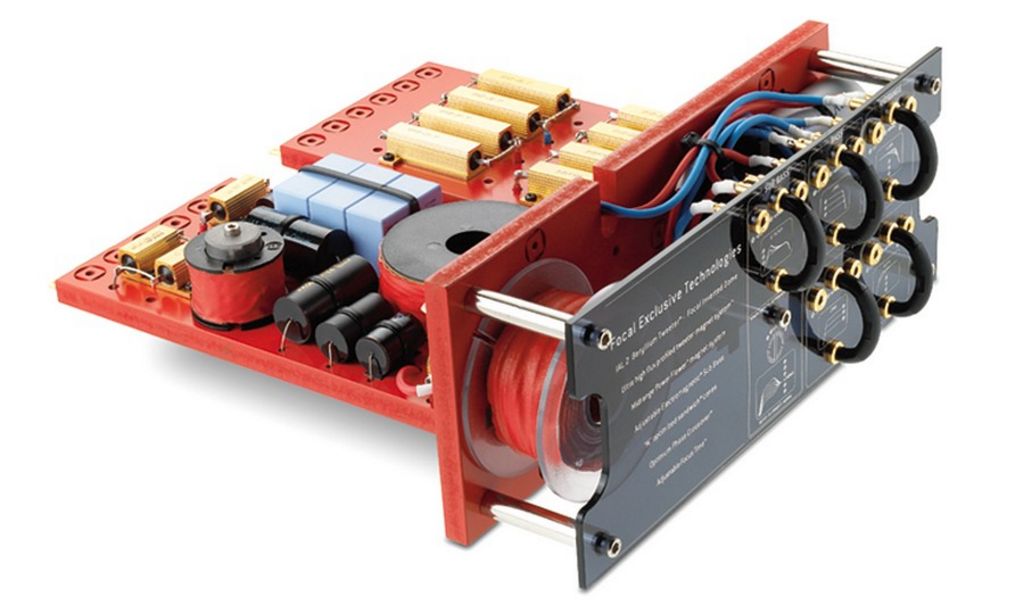@kota1 for reasons only known to you you have issues with me. Feel free to direct message me and rant all you want. Be respectful and don’t make your issue everyone else’s issue as you are doing. It is disrespectful to everyone else here. Only you can make the actions of not making your beef everyone else's problem.
Powered speakers show audiophiles are confused
17 of 23 speakers in my studio and home theater systems are internally powered. My studio system is all Genelec and sounds very accurate. I know the best new concert and studio speakers are internally powered there are great technical reasons to design a speaker and an amp synergistically, this concept is much more important to sound quality than the vibration systems we often buy. How can an audiophile justify a vibration system of any sort with this in mind.
Showing 17 responses by thespeakerdude
@kota1 for reasons only known to you you have issues with me. Feel free to direct message me and rant all you want. Be respectful and don’t make your issue everyone else’s issue as you are doing. It is disrespectful to everyone else here. Only you can make the actions of not making your beef everyone else's problem. |
@kota1 for reasons only known to you you have issues with me. Feel free to direct message me and rant all you want. Be respectful and don’t make your issue everyone else’s issue as you are doing. It is disrespectful to everyone else here. Only you can make the actions of not making your beef everyone else's problem. |
@erik_squires - what time mark in the video. I looked at a few plots on another video and noted strange off axis. |
@kota1 for reasons only known to you you have issues with me. Feel free to direct message me and rant all you want. Be respectful and don’t make your issue everyone else’s issue as you are doing. It is disrespectful to everyone else here. Only you can make the actions of not making your beef everyone else's problem. |
@erik_squires I feel the same about the video :-). If it's the dip I think you mean that is likely just the stacked two way dip. |
@donavabdear this is a heat map distribution plot. It provides a lot more detail than what you are likely used to with microphones. Not the easiest to read. This is a 2 way vertical distribution:
|
The heat graph I posted is a frequency polar pattern graph.
Note the graph legend on the left. It goes from 180 degrees at the top (backwards) to 0 in the center (straight forward) and to -180 degrees on the bottom (backwards again).
But the consumer market is not the professional market. I doubt any consumer speaker manufacturer supplies a heat graph like the one I posted. They seem to try their hardest to supply as little information as possible. That graph is from an independent review site. Compare that to literature from a professional speaker manufacturer: |
I do appreciate the endorsement, unfortunately some people are far more interested in looking right when on the Internet, than being right. Nothing interferes with that more than someone competent participating, especially when they don't raise issues that are controversial. Quite a lot of projection going on though. |
The information linked is not stating different operation at low levels. It is stating that the analog portions of the active circuit use low signal levels as opposed to "speaker" levels. w.r.t. Using the Genelec software, don't you have the Lyngdorf incorporated in your Genelec system? GLM Grade will have better tools for analysis of individual speakers allowing you to better tune their position and if you incorporate acoustics, allow you to measure and tune those as well. However, you need to pick whether the GLM software or Lyngdorf is going to do the room correction including timing and level.
Well they better change with frequency and impedance or they would not work :-). Much of the work in driver design the last decades has been to ensure linearity w.r.t. voltage so this is not as much of an issue as previously, but see my points previously w.r.t. linearity. Moving the crossover to the signal domain whether digital or analog solves the issues of non linearity of the driver interacting with the crossover, but not the inherent linearity issue. Many of Genelec points, point to the greater ease, flexibility, and consistency possible with an active design. You also have the issue of the driver parameters changing with time as they heat and cool. This is more important for professional speakers as they are more likely to run at high levels for extended periods, but as @lonemountain stated, that market is not resistant to active speakers.
|
Each driver having its own signal processor is the key element. The act of isolating the drivers could be done with biamping, so the IM statement is more marketing than engineering and over-driving is of course something most users can control.
A believe they have a corrected impulse response, so the latency is different for each channel, but only in the sense to line up the acoustic centers of the drivers electronically. There will be some latency in the DSP through the system, but will be kept to a minimum. It is a limitation in DSP in speakers, as the expectation is low latency. If you have overall room correction, it is going to correct latency at the speaker level (and maybe more).
Use a low frequency band limited square wave and sweep the amplitude. That will tell you all you need to know at least from the electronics. It will at the speakers too, but harder to interpret.
I would say functional way. We are providing the crossover function. |
@donavabdear , I better hear about you sending those JL subs in for service or I am going to drop a bollock! :-) .... which I honestly have no idea what that means in totality, but I always liked the sound of it and it doesn't get censored so it can't be that bad.
|
For the record @kota1, while I have generally respected Magico, I lost some respect for them looking at their crossovers:
|
@mheinze, lets start with the only thing definitive better about a wrapped foil inductor. It is more mechanically stable. Does it make any difference in the real world? No, because the inductance modulation is orders of magnitude below even the best drivers non-linearities. A lower DC resistance is claimed for equivalent gauge, but does that come with downside? Due to the large difference in winding diameter, there is more variability in the magnetic path, which if you put a core in the center can lead to more non-linearity. When used with an iron core, there is also more shielding due to the foil structure which can also cause non-linearity. Finally a foil wound inductor has greater eddy currents which are frequency dependent again adding to non-linearity. Mundorf has most the most excellent word salad, "For High-End mid and high frequency applications, they are particularly distinguished by their 3D-like staging, their harmoniously dynamic vitality and detailed performance, If you want truly distortion-free but multifaceted and all-musical beauty, you may consider copper foil coils as first choice for your bass coils." What they don't have is anything to back it up. You love measurements @kota1 , where are theirs? Mundorf has built themselves a nice business selling very expensive parts, most values likely in very low volume, but with very healthy manufacturing margins. As evidenced by this comment, that impresses some people which is likely a major reason Magico goes that direction. Consider it part of the marketing budget. One of the crossovers I posted is from an equally well like $100K speaker. @kota1, are you deeply knowledgeable about PS audio manufacturing? Your statement is erroneous.
|
No offence, @mheinze, but we would take a different view of what constitutes physical compromises, and don't expect either Magico or Mundorf understand in any detail why the construction is flawed. There are several aspects of Magico drivers I respect, namely the magnetic structure of the woofers/mids, the cone material, and the overall rigidity. It does not mean that everything they do is perfect. Mundorf I respect their marketing mainly. |
Since you feel you are such an expert @kota1, why don't you go graph by graph through the audioXpress review of the Mundorf AMT transducer telling us what is good and what is bad about it, and what implications that may have in a completed speaker, that same speaker in a room, and how you would potentially these issues (if possible). |


